The Low temperature brittleness tester determines the highest temperature at which a vulcanized rubber specimen is subjected to impact damage under specified conditions, which is the brittleness temperature.
QT-40 Low temperature brittleness tester
Product picture:(Picture is for reference only)
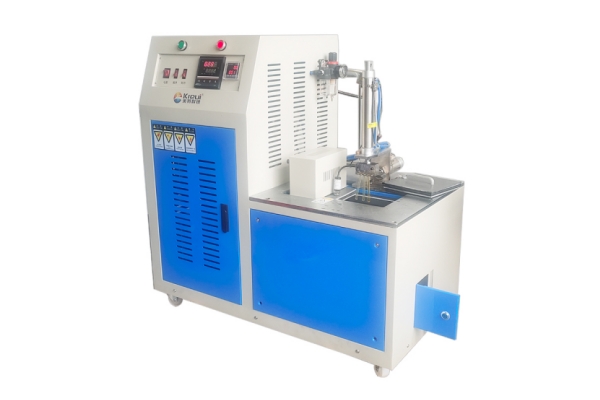
Product Brief:
The low-temperature brittleness tester determines the highest temperature at which a vulcanized rubber specimen is subjected to impact damage under specified conditions, which is the brittleness temperature. It can be used to compare and evaluate the performance of plastics and other elastic materials under low-temperature conditions. It can determine the brittleness temperature and low-temperature performance of different rubber materials or different formulations of vulcanized rubber. Therefore, it is indispensable in the quality inspection of scientific research materials and their products, as well as in the control of the production process. In addition to the original design, this instrument has added a cold well agitator to make the temperature around the container more uniform, lower the temperature faster, save time, and reduce energy consumption.
The low-temperature brittleness tester for rubber (diversified method) meets the following standards
1. GB/T 5470-2008 Plastics - Determination of Embrittlement Temperature by Impact Method
2. GB/T 15256-1994 Determination of low-temperature brittleness of vulcanized rubber (multiple specimen method)
3. HG/T 2-162-1965 Low temperature impact compression test method for plastics
4. ISO 812-2006 Determination of low-temperature brittleness of vulcanized or thermoplastic rubber
5. ASTM D 746-2007 Test Method for Determining the Embrittlement Temperature of Plastics and Elastomeric Materials by Impact Method
6. ASTM D 2137-1994 Test Method for Rubber Properties - Embrittlement Point of Flexible Polymers and Coated Fabrics
7. JIS K 7216-1980 Test Method for Brittleness Temperature of Plastics
Technical specifications
1. Temperature control range: -60 ℃ -70 ℃ -80 ℃ (customer optional)
2. Cooling rate: about 2 hours
Note: The usage environment is at room temperature, and the compressor's temperature dissipation effect is maintained during operation. The side doors can be fully opened.
3. After constant temperature, the temperature fluctuation within 3 minutes of the test is less than ± 0.5 ℃
4. Maximum external dimensions: 900 x 505 x 800mm (length x height x width)
5. Studio dimensions: 200 x 140 x 100mm (length x height x width)
4. Test product: Impact 5 products at once.
6. Cooling medium: ethanol or other non freezing liquids
7. Mixing motor: 10W
8. Working power supply 220V~240V, 50Hz, 2kW
Structural principle
3.1 This equipment consists of the refrigeration compressor body, heating device, electronic control box, cooling tank, cooling medium circulation system, automatic alarm device, and other parts produced by Kerui. After starting the refrigeration switch, the compressor starts working and the refrigeration system enters the official working state. The refrigeration compressor operates continuously, and as it approaches the set temperature, the heating device in the cooling tank begins to provide heat proportionally to balance the excess cooling generated by the refrigeration system and achieve constant temperature. Stirring can continuously circulate the cooling medium in the cooling tank, ensuring a uniform and consistent temperature.
3.2 Sample holder
One side of the sample holds 5 samples (rubber type), and the other side holds 15 samples (plastic type).
3.3 Impact device
The impact device consists of an impact hammer and a self-locking mechanism.
3.4 Impactor
The radius of the impact head is 1.6 ± 0.1mm;
During impact, the gap between the impact head and the sample holder is 6.4 ± 0.3mm;
The distance between the centerline of the impact head and the specimen holder is 8 ± 0.3mm.
Usage
4.1 Inject refrigerant (usually industrial ethanol) into the cold well, and the injection amount should ensure that the distance from the lower end of the gripper to the liquid level is 75 ± 10mm.
4.2 Connect the power, and the temperature controller and timer display lights will light up.
4.3 Clamp the specimen vertically onto the gripper. The clamping should not be too tight or too loose to prevent deformation or detachment of the sample.
4.4 Press the gripper to start freezing the sample, and at the same time, activate the timing control switch (or press the stopwatch) for timing. The freezing time of the sample is specified as 5.0 ± 0.5min. During the freezing period of the sample, the temperature fluctuation of the freezing medium shall not exceed ± 1 ℃.
Press the impact button to make the impactor impact the specimen within half a second.
4.6 Remove the sample, bend it 180 ° in the direction of impact, and carefully observe for any damage.
4.7 After being impacted (each specimen is only allowed to be impacted once), if damage occurs, the temperature of the freezing medium should be raised; otherwise, the temperature should be lowered and the test should continue.
By repeated testing, determine the minimum temperature at which at least two specimens will not be damaged and the maximum temperature at which at least one specimen will be damaged. If the difference between these two results is not greater than 1 ℃, the test is completed.
Test standards
5.1 Specifications
A type of bar specimen with a length of 25-40mm, a width of 6 ± 1mm, and a thickness of 2.0 ± 0.2mm
The A-type specimen can be prepared using another method, using only a double-sided parallel sharp blade cutting blade. After a single punching, the strip specimen can be cut into the specified length.
5.2 Requirements
The surface of the sample should be smooth, free from foreign impurities and damage. The finished product should be polished and cut into corresponding dimensions.
Precautions
6.1 During the test, the cooling cycle should not be cut off, otherwise it will result in non cooling effects.
The cylinder pressure has been adjusted before leaving the factory and cannot be changed arbitrarily.
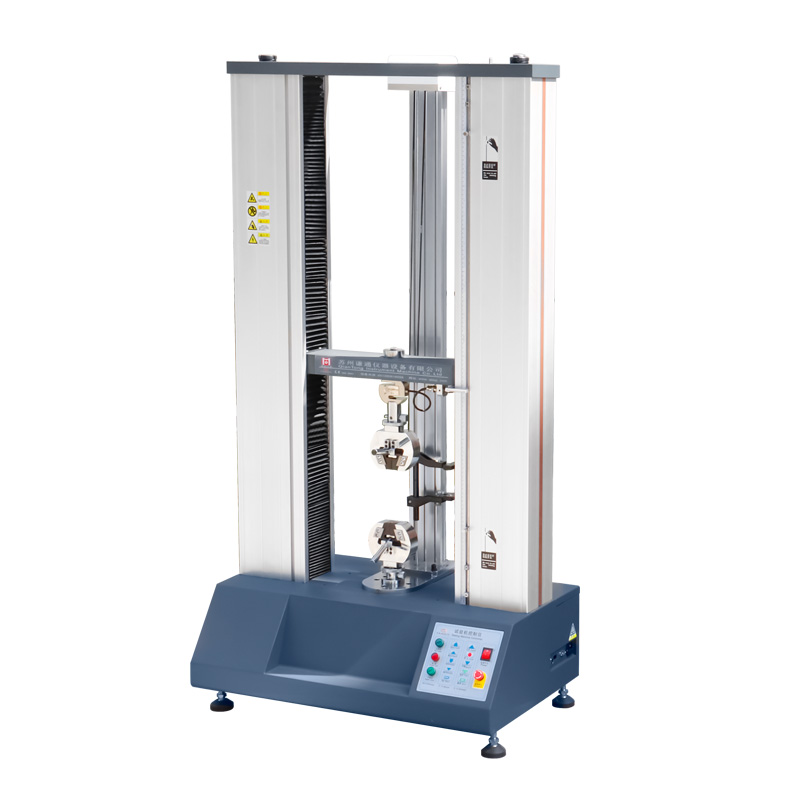 Table Type Servo Universal Material Testing Machine
Table Type Servo Universal Material Testing Machine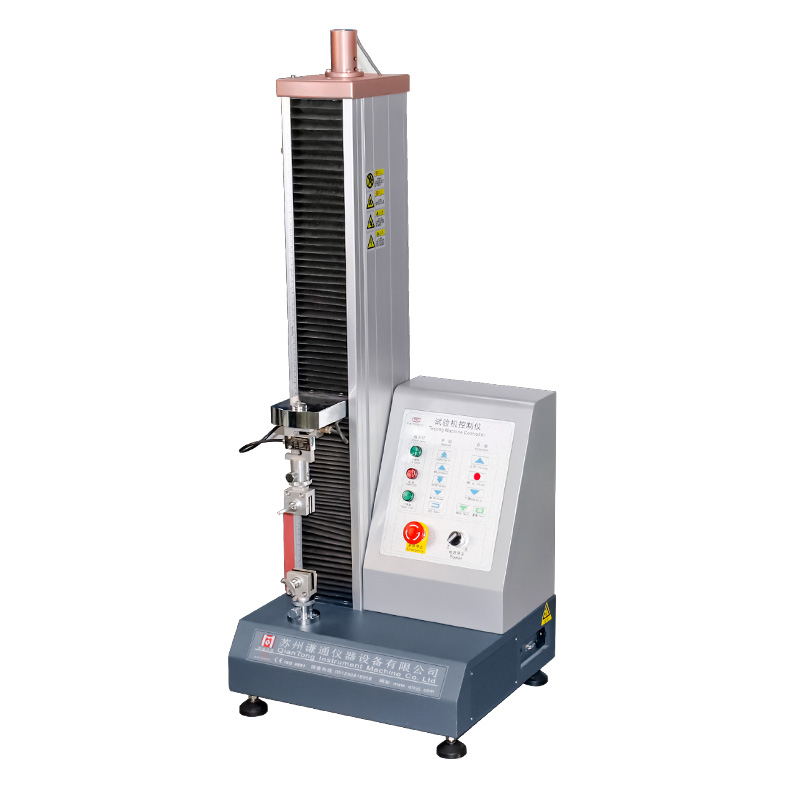 Single Column Universal Material Testing Machine
Single Column Universal Material Testing Machine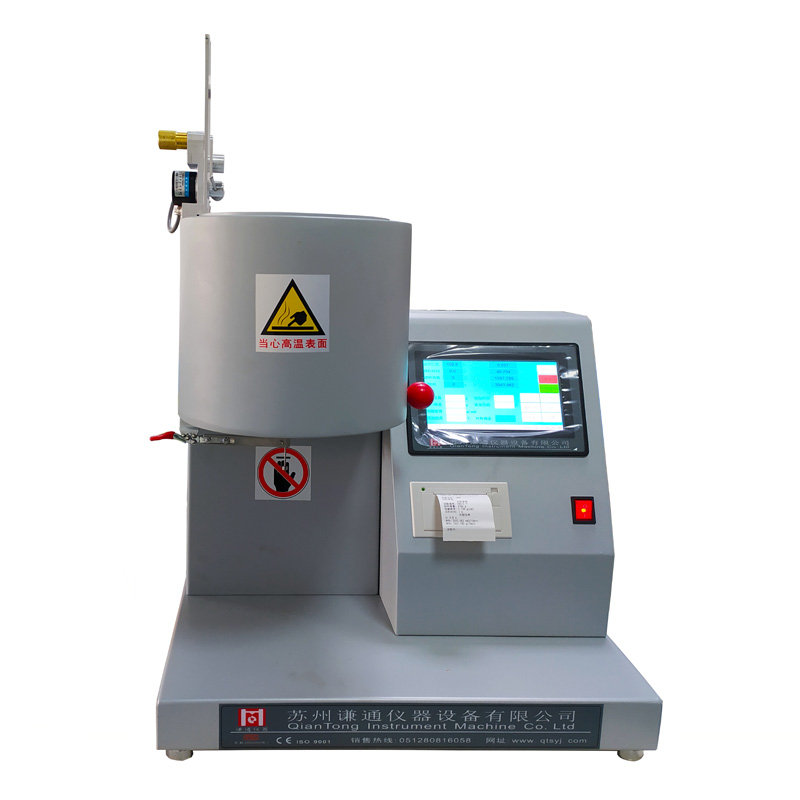 Engineering Plastics Testing Machine Melt Flow Rate Instrument
Engineering Plastics Testing Machine Melt Flow Rate Instrument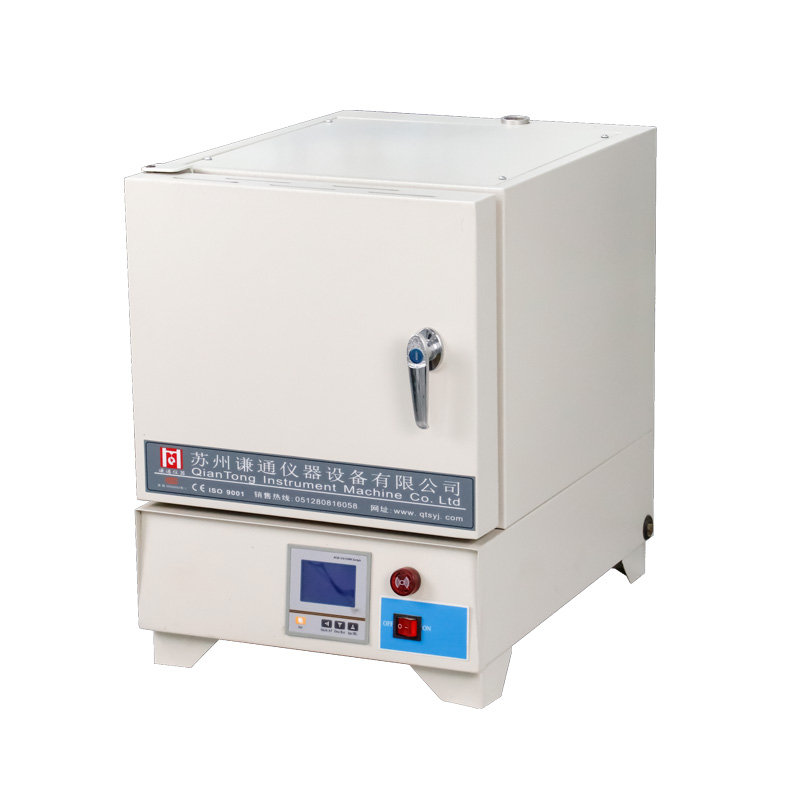 Plastic Fiberglass Testing Machine Muffle Furnace
Plastic Fiberglass Testing Machine Muffle Furnace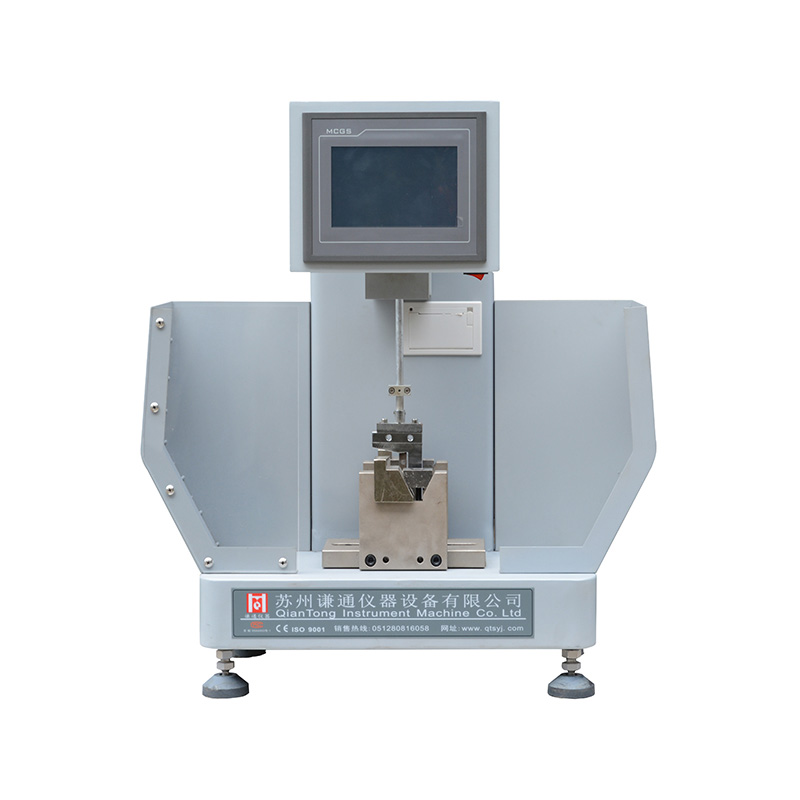 Test Nonmetallic Material Toughness Impact Tester
Test Nonmetallic Material Toughness Impact Tester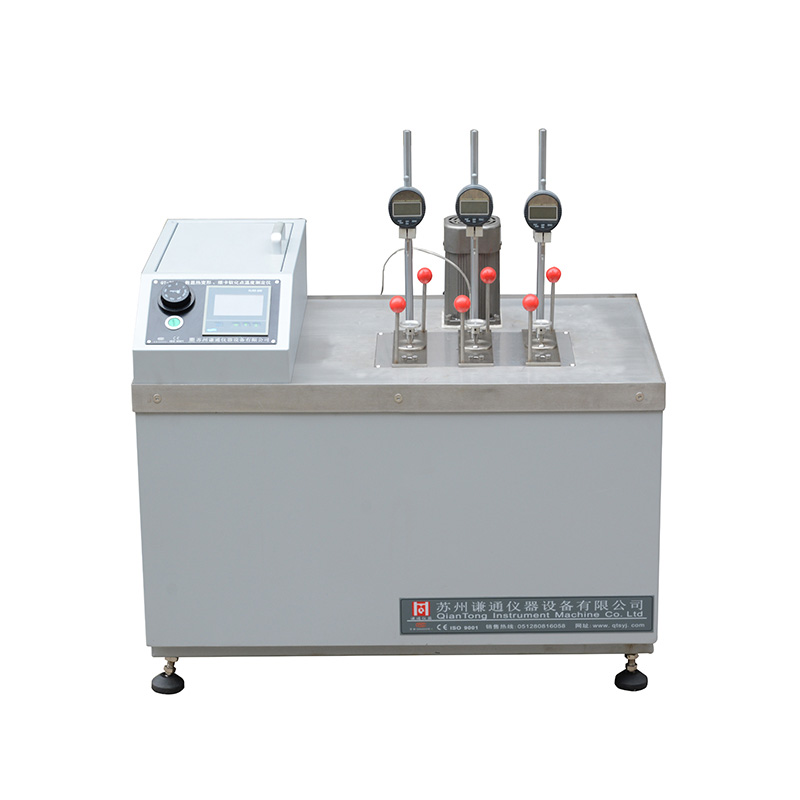 Vicat Softening Point Temperature Testing Machine
Vicat Softening Point Temperature Testing Machine